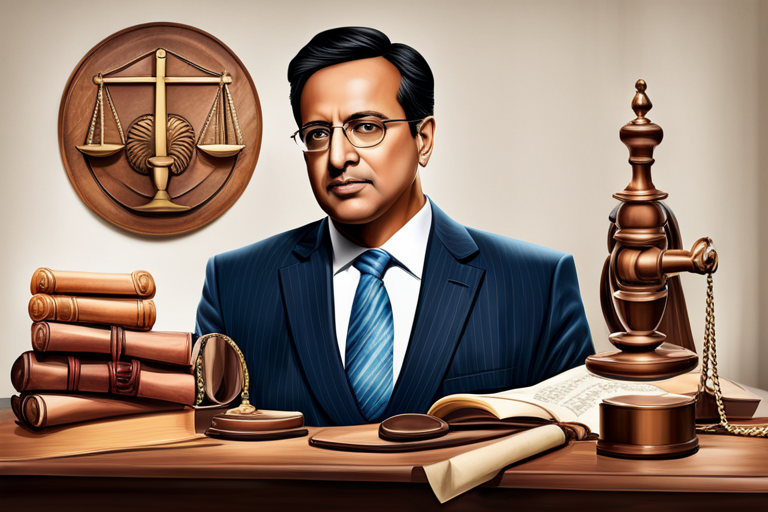

- admin
- April 23, 2023
- 0 Comment
Introduction
In the bustling, rapidly modernizing country of India, the education system plays a crucial role in shaping the future of the nation. However, it’s not all smooth sailing when it comes to student welfare. Student harassment laws in India, law against beating students, and the legal responsibility of students for bullying are essential aspects that safeguard young learners. To protect our students, it’s high time we get the lowdown on these laws and their implications. So, buckle up, as we dive into the legal maze!
A Closer Look at Student Harassment Laws in India
The Indian Constitution and Students’ Rights
- Right to Education (Article 21A)
- Right against Exploitation (Article 23 and 24)
- Right to Equality (Article 14)
India’s Constitution enshrines certain rights that are pertinent to the protection of students from harassment. For instance, Article 21A guarantees every child the fundamental right to free and compulsory education, while Articles 23 and 24 safeguard children from exploitation and forced labor. Article 14 ensures equality before the law, regardless of religion, race, caste, sex, or place of birth.
The Protection of Children from Sexual Offences (POCSO) Act, 2012
This groundbreaking legislation specifically targets the protection of children from sexual harassment and abuse. It encompasses a broad range of offenses, including sexual harassment, assault, and pornography involving minors. The POCSO Act also makes it mandatory for educational institutions to report any such incidents to the authorities.
Ragging: The Ugly Face of Harassment in Educational Institutions
Ragging is a widespread form of harassment in Indian educational institutions, often involving the humiliation and abuse of newcomers by senior students. In 2009, the University Grants Commission (UGC) issued regulations to curb ragging, making it a punishable offense. Consequently, educational institutions are now required to establish anti-ragging committees and mechanisms for the prevention and redressal of such incidents.
Law Against Beating Students in India: Corporal Punishment
Spare the Rod, Save the Child: The Indian Perspective
India has a long-standing tradition of using corporal punishment as a means to discipline students. However, in recent years, the country has seen a shift in perspective, with an increased focus on child rights and the harmful effects of corporal punishment on students’ mental and physical well-being.
Legal Framework Against Corporal Punishment
- The Right of Children to Free and Compulsory Education (RTE) Act, 2009
- The Juvenile Justice (Care and Protection of Children) Act, 2015
The RTE Act prohibits physical punishment and mental harassment of children in educational institutions, while the Juvenile Justice Act penalizes those found guilty of subjecting children to cruelty, including corporal punishment.
Students Should Be Legally Responsible for Bullying: Making a Case for Accountability
The Ripple Effects of Bullying
Bullying is a serious issue that can have long-lasting, detrimental effects on the mental health of the victim, the perpetrator, and bystanders. Therefore, it is crucial to address the problem head-on and hold students legally responsible for bullying.
Holding Students Accountable: Challenges and Opportunities
While the idea of holding students legally responsible for bullying might seem like a step in the right direction, it is fraught with challenges. These include the difficulty in defining and proving bullying,
the age of the perpetrators, and the possibility of unfairly punishing students who might be victims themselves. However, there are potential benefits to holding students accountable, such as promoting a sense of responsibility, deterring future incidents, and providing an opportunity for rehabilitation and education.
Frequently Asked Questions (FAQs)
- What can be done to prevent student harassment in Indian educational institutions?
Educational institutions must establish anti-harassment committees, conduct regular awareness programs, and promote an inclusive and respectful environment. Teachers and staff should be trained to identify and address harassment and bullying, while students should be encouraged to report any incidents.
- How can parents and students report incidents of harassment or corporal punishment?
Parents and students can report incidents to the school authorities, the child welfare committees, or the police. Suppose the educational institution fails to take appropriate action. In that case, the matter can be escalated to higher authorities, such as the District Education Officer or the State Commission for Protection of Child Rights.
- Can students be legally held responsible for bullying in India?
Currently, there is no specific law in India that holds students legally responsible for bullying. However, incidents of bullying can be reported under the broader framework of student harassment laws and child protection legislation, which can lead to punitive measures against the perpetrators.
Recap
Student harassment laws in India, the law against beating students, and the issue of holding students legally responsible for bullying are vital aspects of ensuring a safe and nurturing learning environment for the youth of the nation. While the legal framework has come a long way in addressing these issues, there is still much work to be done. It is essential for all stakeholders – including educational institutions, parents, and students – to come together in creating an atmosphere that fosters learning, growth, and mutual respect. The future of India’s young minds depends on our collective efforts to make the education system a haven free from harassment, violence, and bullying.
As parents and guardians, if your child is being harassed or bullied at their educational institution and you do not know how to take it forward, book a free advisory call with us.



Leave a Reply